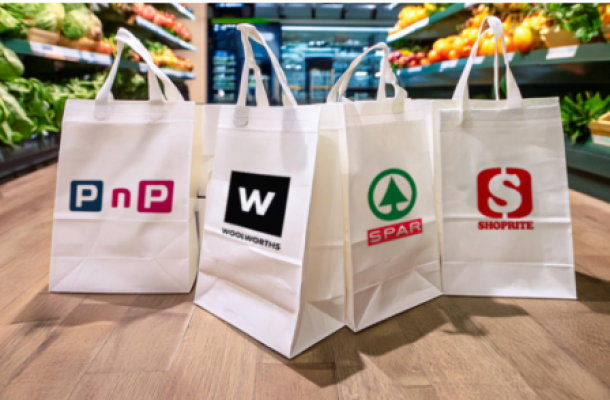Report identifies key areas in food losses
A South African study has identified key areas of the global food supply chain where high losses occur, particularly in developing countries. Reducing food losses and waste can contribute to efforts to alleviate world hunger.
Food is lost at each step of the ‘food supply chain’. Loses occur during production, harvesting, handling, storage, processing, distribution and even during consumption.
The study, funded by the DST-NRF Centre of Excellence in Food Security and conducted by University of Pretoria’s professor Elna Buys and collaborators has revealed that first-world consumers waste food, for example, by discarding food when it reaches its ‘sell-by’ date.
In developing countries, food is lost across the entire food chain. The reasons for this include outdated harvesting techniques, poor storage and cooling facilities, limited infrastructure, and inadequate packaging and marketing systems. “The food industry’s unscientific determination of shelf life also contributes to food loses,” says Buys.
Since many low-income or unemployed South African consumers rely on the informal food sector to supply their food, helping small-scale farmers and informal traders to reduce losses could ultimately benefit both suppliers and consumers.
South Africa loses food in both first- and third-world ways. For instance, Buys and her team discovered that many ready-to-eat meals on supermarket shelves were still perfectly safe to eat even after the ‘sell-by’ or ‘use-by’ dates listed on the packaging.
Worryingly, however, some foods that were still within their stipulated shelf lives had high levels of bacteria that can cause food poisoning.
“This may point to problems with the cold storage or packaging aspects of the food supply chain. For both the formal and informal food sectors, packaging systems that extend the shelf life of fresh foods would help to make food safer and reduce waste,” concludes Buys.
For more information, go to www.foodsecurity.ac.za.
News Category
- International retailers
- On the move
- Awards and achievements
- Legislation
- Wine and liquor
- Africa
- Going green
- Supplier news
- Research tools
- Retailer trading results
- Supply chain
- Innovation and technology
- Economic factors
- Crime and security
- Store Openings
- Marketing and Promotions
- Social Responsibility
- Brand Press Office
Related Articles

Checkers Sixty60 wipes floor with Pick n Pay As...

Top tips for consumers to combat escalating ele...

Clear winner in South African retail battle

Drinks survey reveals Rooibos as a top choice a...


